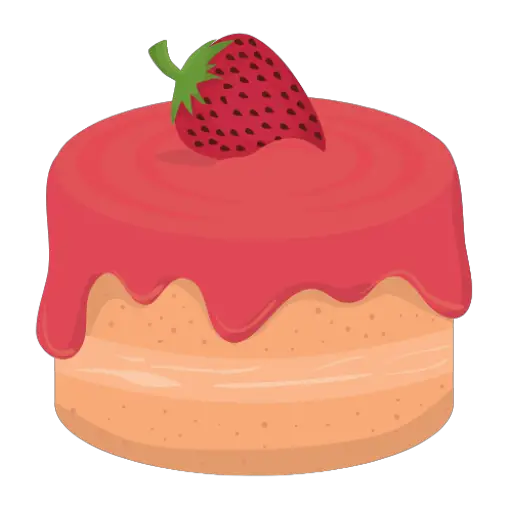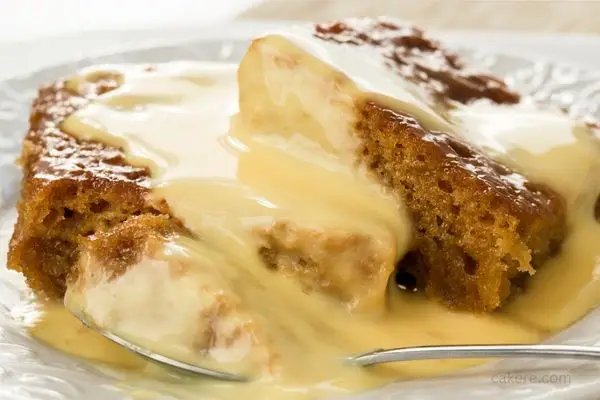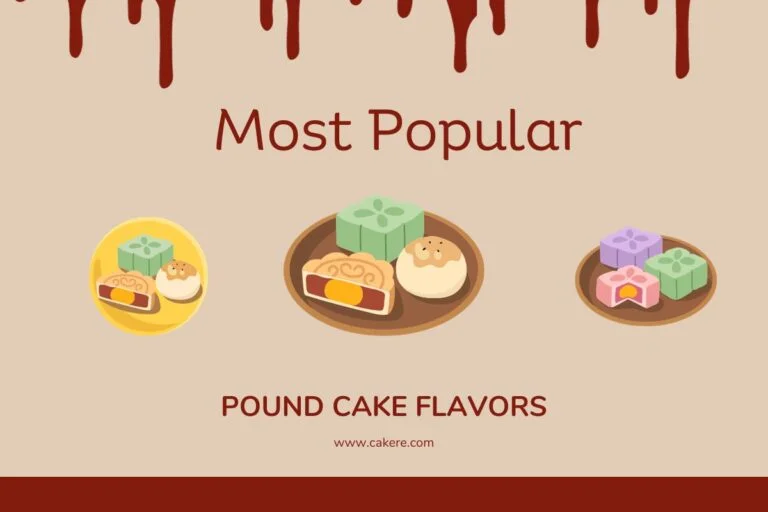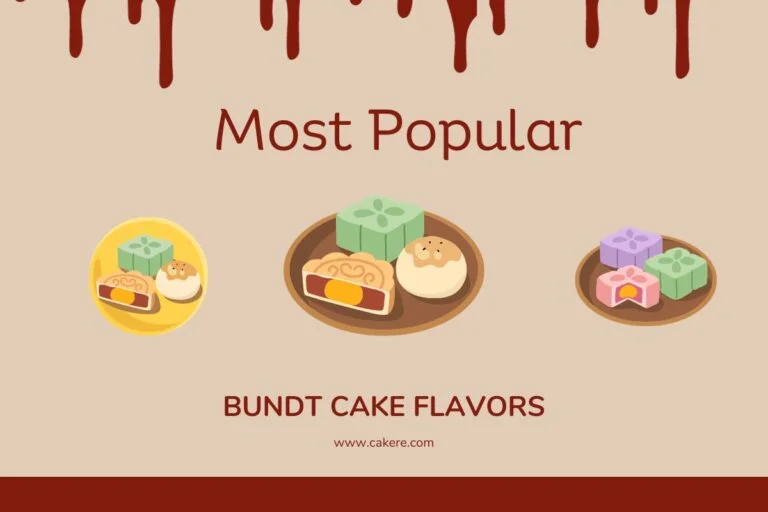Gelatin is a versatile ingredient that has been used in cooking and baking for centuries. It is a flavorless, odorless, and colorless substance that is derived from animal collagen, usually from bones and skin.
In baking, gelatin is used to add texture, structure, and stability to various treats like cakes, pies, and pastries. But what exactly does gelatin do in baking? How does it work, and what are its benefits? This article aims to answer these questions and provide you with a better understanding of this often-overlooked ingredient.

What Does Gelatin Do in Baking?
Gelatin is a gelling agent that works by forming a gel-like structure when mixed with a liquid. When used in baking, it can:
- Add stability and structure: Gelatin helps to set and stabilize fillings like cheesecakes, custards, and mousses. It prevents them from collapsing, cracking, or becoming watery.
- Improve texture: Gelatin can give baked goods a smooth and silky texture, making them more appealing to the palate. It can also help to reduce the formation of ice crystals in frozen desserts like ice cream, sorbets, and popsicles.
- Increase shelf life: Gelatin can help to extend the shelf life of baked goods by preventing them from becoming dry or stale. It also slows down the growth of bacteria and mold, which can cause spoilage.
- Substitute for eggs: Gelatin can be used as a vegan alternative to eggs in some recipes. It can provide a similar binding effect, making it useful in eggless cakes and other baked goods.
How to Use Gelatin in Baking?
Gelatin comes in different forms, including powder, sheets, and granules. Here are some tips on how to use gelatin in your baking:
- Bloom the gelatin: Before using gelatin in a recipe, you need to bloom it first. This means soaking it in cold water until it swells and softens. The ratio of gelatin to liquid is usually one tablespoon of gelatin to three tablespoons of water.
- Heat the gelatin: After blooming the gelatin, you need to dissolve it by heating it. This can be done by placing the bloomed gelatin in a heatproof bowl and then placing the bowl over a pot of simmering water. Stir until the gelatin dissolves completely.
- Add to the recipe: Once the gelatin has dissolved, you can add it to your recipe. Make sure to mix it thoroughly to avoid any lumps.
FAQs
Yes, gelatin is safe to eat. However, some people may have allergies or dietary restrictions that prevent them from consuming it.
Yes, agar-agar is a vegan alternative to gelatin that can be used in baking. It is made from seaweed and has similar gelling properties.
The amount of gelatin needed in a recipe depends on the type of dessert and the desired texture. As a general rule, one tablespoon of gelatin can set two cups of liquid.



